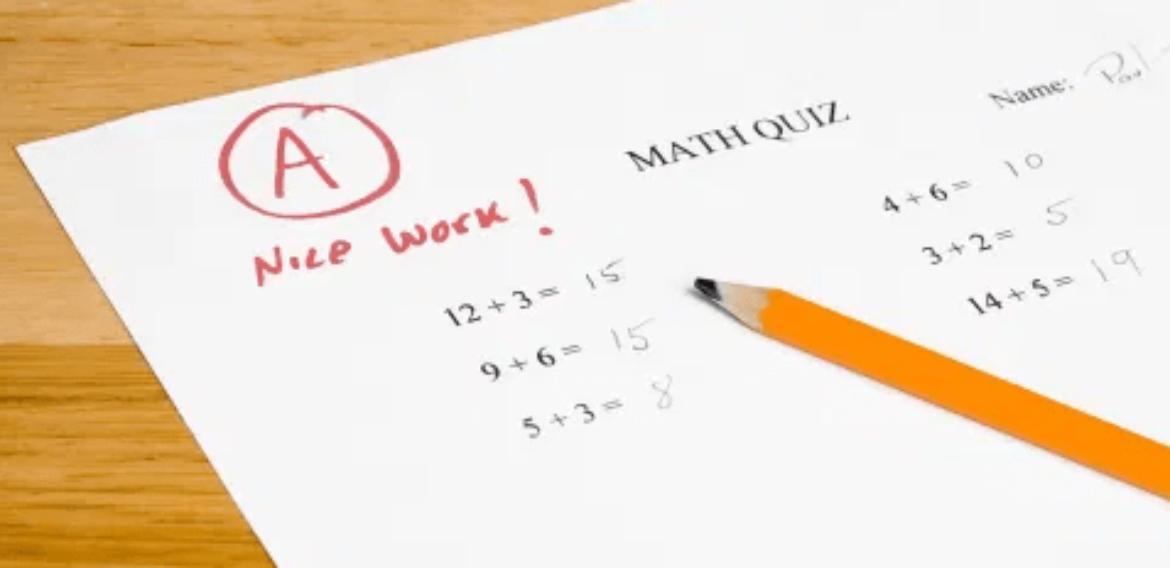- مريح
- عادي
- رمادي
- مظلم
“I Remembered Not to Forget!” How to Improve Working Memory in Children
Working memory is the ability to hold information in mind while performing complex tasks. A young child is able to execute simple tasks — sharpen his pencil when asked — while one in middle school can remember the expectations of multiple teachers.
Since students with attention deficit disorder (ADD or ADHD) and learning disabilities often have problems with short-term memory, it is important to reduce the amount of routine information they must remember. Keeping their memory free for the key part of the task in front of them is essential.
Parents and teachers can help students with ADHD develop strategies for remembering more, and — most importantly — routinely using the strategies they came up with.
How to Improve Working Memory in Children at School:
Put homework assignments in writing. Write each assignment on the blackboard in the same place every day, so that students know where to find it. Kids with ADHD may not be listening or paying attention when you give them oral instructions — and you can’t rely on them to always remember instructions.
Make checklists. One way to reduce memory demands is to provide your class with a list of the steps required to complete an assignment. The instructions should be brief.
Find out what they heard. Have students with weak working memoryrepeat assignment instructions and clarify any parts that they may have forgotten.
Make time at the end of class for students to write down homeworkin their assignment books. Make sure the kids with ADHD are doing what you’ve asked. Fun, visual reminders can also help. For an essay assignment, for instance, have each student trace her hand on a piece of paper and then write the name of one part of the essay in each finger: thesis statement, topic sentences for the first, second, and third paragraph, and conclusion.
Make eye contact with a child before giving him a classroom assignment.
Keep homework assignments on the school website up-to-date.Parents of kids with ADHD depend on this information to make sure their kids know what to do.
Speak slowly and provide information in small units. Given too much information at once, a child with weak working memory quickly loses track. She may still be working through the first few minutes of the lesson after you’ve moved on.
[Click to Download: 11 Tips for Redirecting Focus]
Make lectures interactive. To get kids with weak working memory to remember something important, structure the lecture to include responses from them. For instance, when teaching a math lesson, you might encourage students to volunteer to share what they learned about fractions, division, or whatever material was covered that day. Repeating a key point will help anchor it in their memories.
Use wild and wacky strategies. Presenting information in a typical fashion may not grab a student’s attention, but a curve ball can help grasp it for better recall later.
Use brain breaks or movement and exercise. Exercise increases blood flow to the brain and helps students think more clearly. So, rather than have students raise their hands to answer, you can have them do jumping jacks by their chairs. You can also encourage movement by letting kids walk to the water fountain for a break.
Have a routine for handing in homework assignments. Some teachers ask students to place their completed work on their desk as soon as they sit down for class — and then check off in their grade books that the homework was done. Another idea: Make handing in homework the “ticket to get out of class” at the end of the day. Stand by the door and collect it as the students leave. As you can imagine, kids will comply when the alternative is having to stay in school one minute longer.
Talk with students about what to do if they forget something. Assign — or ask students to select — a study buddy they can talk with if they’ve forgotten what they’re supposed to do for homework or can’t remember what to do in class.
Use an analog clock during lessons to help your students with time management. They will be able to keep track of how much time has passed and how much remains.
Call close attention to due dates and key concepts. Post them, refer to them frequently, and remind parents and students in notes home, newsletters, or school voicemail. For essential themes delivered when instructing, use cues like, “This is important!” It also helps to frame important information with numbers i.e. “Remember 5 things.”
Ask students to design their own “tickler systems” — ways to remind themselves of things they must remember (permission slips, lunch money, gym clothes). This could lead to a class discussion, to give students a chance to share the strategies that work for them.
How to Improve Working Memory at Home
Assign a designated place for your child to put important stuff — house keys, wallet, sports equipment. As soon as he gets home from school, make sure he puts those things where they belong. A reward for following through — or a penalty for not — will reinforce the habit of staying organized.
Create a reminder checklist to make sure your child has everything she needs to bring to school. In the beginning, watch as she goes through the checklist, to make sure she’s putting every item in her backpack. Do not repeat what’s on the list, but ask her to tell you (this helps to transfer the information from your working memory to hers). Have your child use the checklist when she finishes her homework the night before, to avoid rushing around in the morning.
Make, and use, to-do lists yourself, so that your child sees this is a lifelong coping strategy. Life is too complicated to expect kids to commit everything to memory!
Brainstorm with your child about ways he can remember important things. Can he write it on the back of his hand, program his smartphone to remind him, ask friends with better memories to prompt him?
Homework Routines to Improve Working Memory
Get permission from teachers for your child to e-mail her assignments. This is easy for kids who do homework on the computer. Some families scan the homework on a scanner and e-mail it to the teacher. This tip won’t strengthen working memory, but it’s a good coping strategy for students with weak executive function.



 English
English
لا تعليق